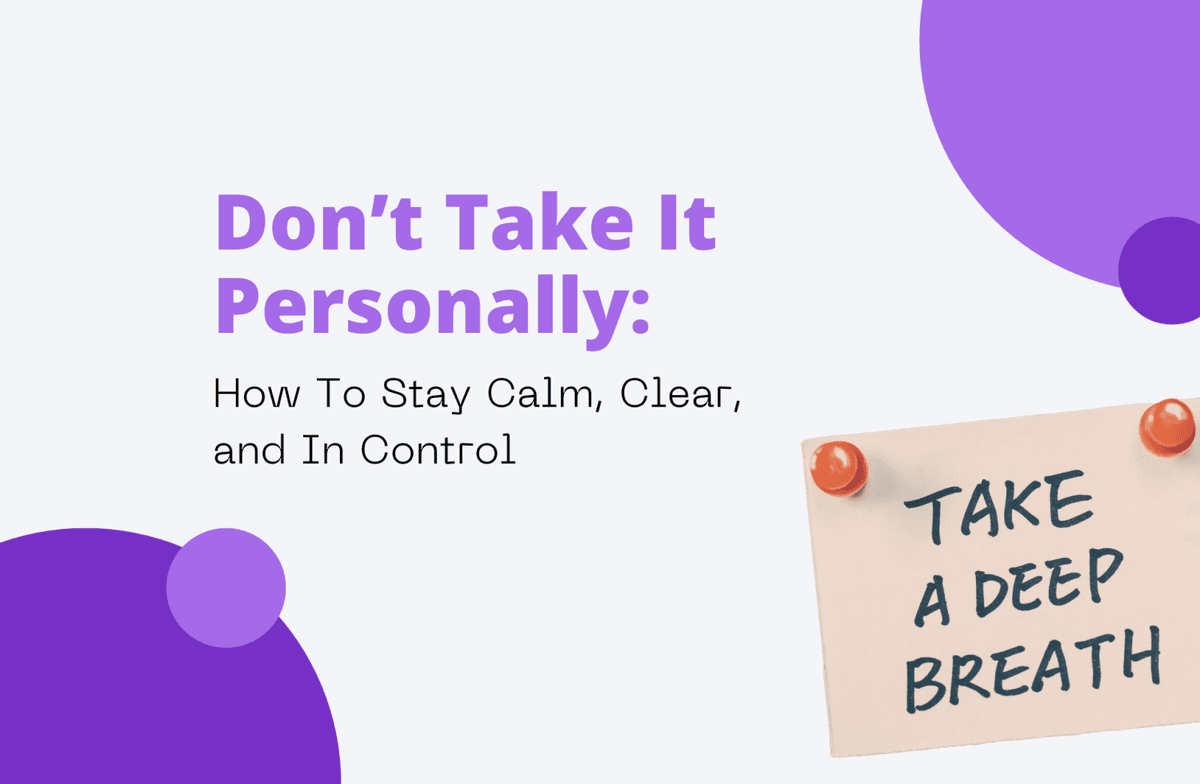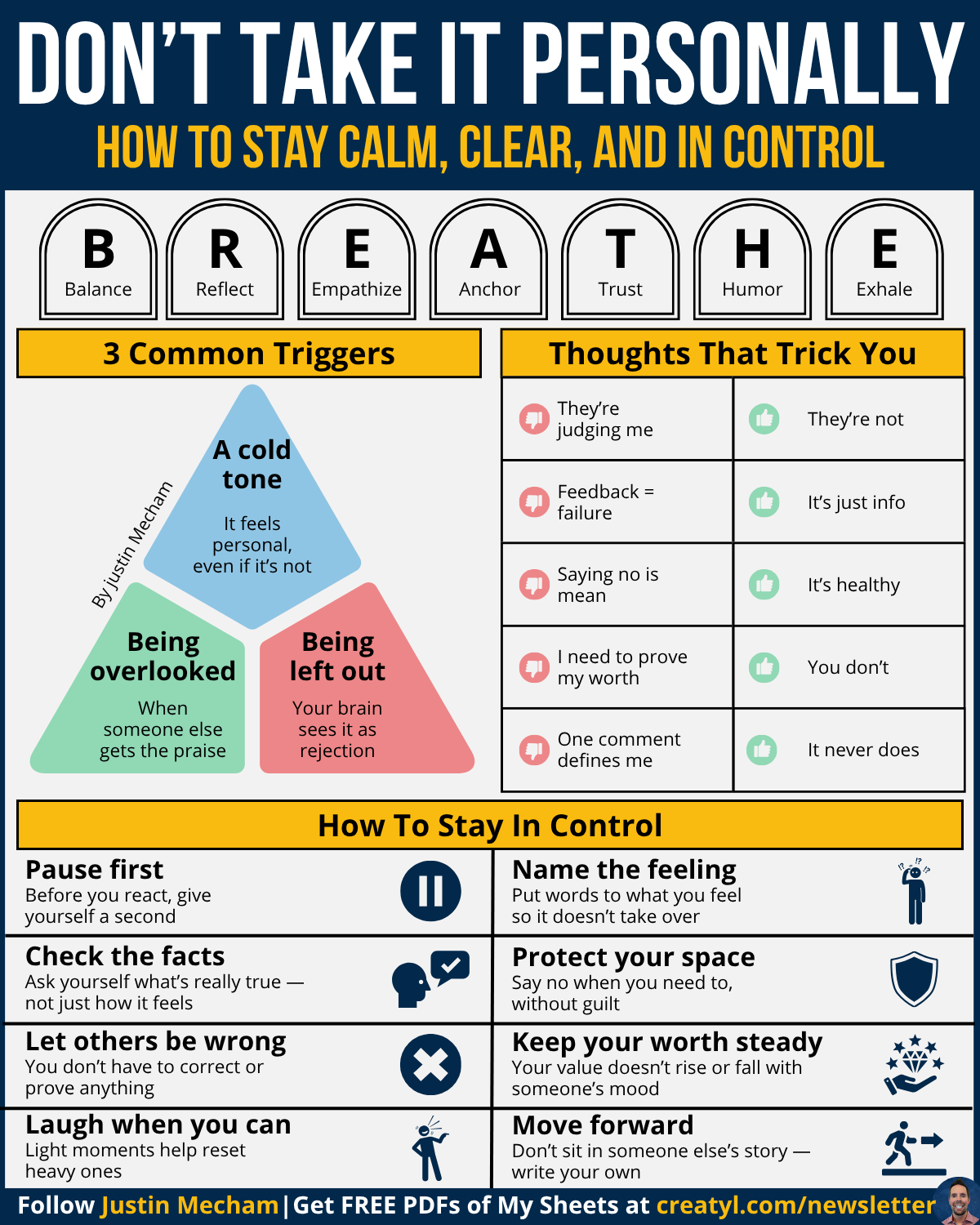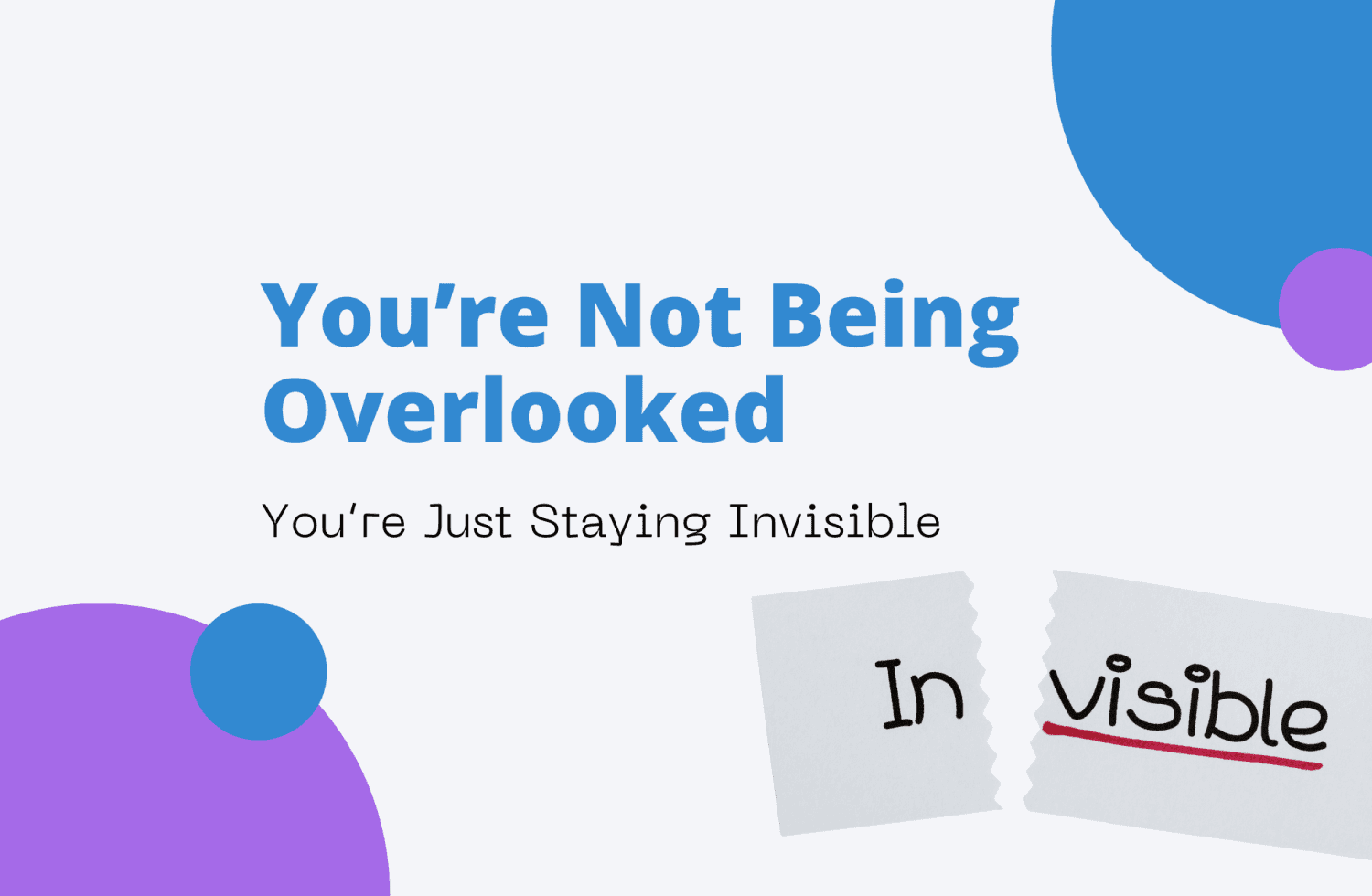Click Here to Download the PDF
Most of what feels personal—usually isn’t.
It just feels that way in the moment.
Maybe it’s how someone’s tone lands.
Maybe it’s praise that skips you.
Maybe it’s being left out of a conversation you expected to be part of.
Those moments sting—not because they define us, but because they challenge the story we tell ourselves about who we are at work.
The truth is, your reaction in that moment will decide what happens next.
This is where emotional control becomes a leadership skill.
Not the cold, robotic kind—but the kind that keeps you grounded, thoughtful, and respected when others are ruled by impulse.
That’s why I use something called the BREATHE model—a practical framework to pause, process, and protect your clarity when emotions run high.
The BREATHE Model
BREATHE isn’t just about calming down—it’s about regaining control of the story you tell yourself before it takes over.
Each letter helps you reset, in order:
B – Balance:
Find your center before you respond.
Take a physical pause—a breath, a stretch, even a step back. A balanced body leads to a clearer mind.
R – Reflect:
Ask, “What else could be true?” Maybe their tone wasn’t about you. Maybe they’re rushed, distracted, or stressed.
E – Empathize:
Consider the other side. People’s reactions often reflect their own stress, not your worth.
A – Anchor:
Ground yourself in facts. What actually happened? What’s an assumption? Anchor to what’s real.
T – Trust:
Trust your value doesn’t rise or fall based on one moment or one person’s mood.
H – Humor:
Sometimes, a small smile or a bit of levity diffuses tension faster than logic ever could.
E – Exhale:
Physically release it. Because your body holds what your mind can’t let go of.
The Three Common Triggers
If you’ve ever been caught off guard by emotion at work, it’s probably from one of these three triggers:
1. A Cold Tone
It feels personal—even when it’s not.
A flat or abrupt tone can sound like disapproval, but tone rarely tells the full story.
People are often distracted, stressed, or simply not aware of how they come across.
One client I coached once said her manager “sounded angry in every meeting.”
After we unpacked it, she realized he was simply overwhelmed and direct, not dismissive.
Once she stopped personalizing his tone, she started hearing his actual feedback—and her performance improved.
Try this: Pause before reacting. Ask yourself, “Is this about me, or about how they communicate?” The difference changes everything.
2. Being Overlooked
Few things cut deeper than watching someone else get the recognition you worked for.
It’s natural to feel invisible when others get praise—but often, the intent isn’t exclusion, it’s oversight.
In a workshop I ran, one team member shared that she almost quit after her colleague received credit for a shared project.
When she calmly raised it with her manager instead of shutting down, he apologized and made the recognition public.
The misunderstanding turned into a moment of trust.
Try this:
Don’t assume malice when forgetfulness will do.
Ask directly: “Can we talk about how credit is shared?”
That single question is a leadership move—not an emotional reaction.
3. Being Left Out
Your brain reads exclusion as danger—it’s wired to equate being left out with rejection.
But sometimes, being left out isn’t rejection—it’s just logistics.
I remember working with a department where one team member wasn’t invited to a key meeting.
She took it personally, assuming she wasn’t valued. In reality, the invite went to her alternate by mistake.
Once it was clarified, her relief was palpable—but so was her awareness of how easily assumptions can spiral.
Try this:
Before drawing conclusions, check the facts.
“Hey, I noticed I wasn’t included in that discussion—was there a reason?” is better than silence and resentment.
How To Stay In Control
Once you’ve recognized a trigger, the next step is managing what you do with it.
Emotional control isn’t suppression—it’s strategy. It’s how you lead under pressure.
Here’s how to use it in practice:
Pause First:
Give yourself a second before reacting. This tiny gap between emotion and action is where all the power is.
Name The Feeling:
Put words to it. “I feel dismissed.” “I feel left out.” Naming feelings shrinks their control over you.
Check The Facts:
Ask yourself what’s actually true. Are you reacting to tone—or to your interpretation of it?
Protect Your Space:
You’re allowed to say no. You’re allowed to take time. Boundaries don’t make you selfish—they make you sustainable.
Let Others Be Wrong:
You don’t have to correct every misunderstanding or prove every point. Sometimes peace is worth more than being right.
Keep Your Worth Steady:
Your value doesn’t fluctuate with someone else’s mood.
Who you are isn’t defined by how others see you—it’s defined by how you carry yourself when they don’t.
Laugh When You Can:
Lightness diffuses tension faster than defensiveness ever could. Humor reminds you not everything is a referendum on your worth.
Move Forward:
Don’t sit in someone else’s story. Write your own next line.
Real-Life Example: From Reacting To Responding
A senior manager I once coached had a recurring problem with one of her peers.
Every meeting, he’d interrupt her or cut her off. She started to dread working with him.
One day, she applied the BREATHE model. She paused. Reflected.
Anchored to what was true: he interrupted everyone, not just her. It wasn’t personal—it was his habit.
The next time it happened, instead of shutting down, she said calmly, “I’d like to finish my point first, then I’ll hand it to you.”
The room went quiet—and something shifted.
He nodded, she finished her thought, and the pattern broke.
It wasn’t confrontation. It was clarity.
And clarity, delivered calmly, always wins.
The Power Of Calm Leadership
Taking things personally feels human. But letting them go—that’s powerful.
Emotional control isn’t coldness—it’s wisdom under pressure.
It’s the ability to respond with clarity when everything around you demands reaction.
When you learn to pause instead of personalize, you stop giving away your energy to every sharp word, missed praise, or forgotten email.
You lead from a place of stability, not insecurity.
The strongest people in any room aren’t the loudest.
They’re the ones who stay centered while others spiral.
They choose curiosity over defensiveness, balance over blame, calm over chaos.
And that calm becomes contagious.
It spreads through your team, your relationships, and your culture.
Because in the end, emotional control isn’t about controlling others.
It’s about staying steady enough to see things clearly—so you can lead, decide, and move forward with intention.
Download The Infographic
Want to keep this framework close for the next time emotions try to take over?
Download the full “Don’t Take It Personally” infographic as a free, printable PDF.
It breaks down the BREATHE model and these triggers into a clear visual you can keep by your desk or share with your team.




